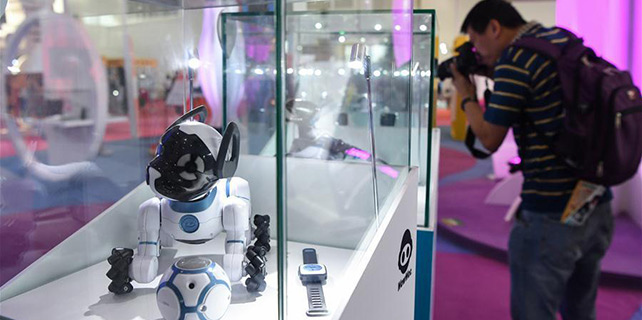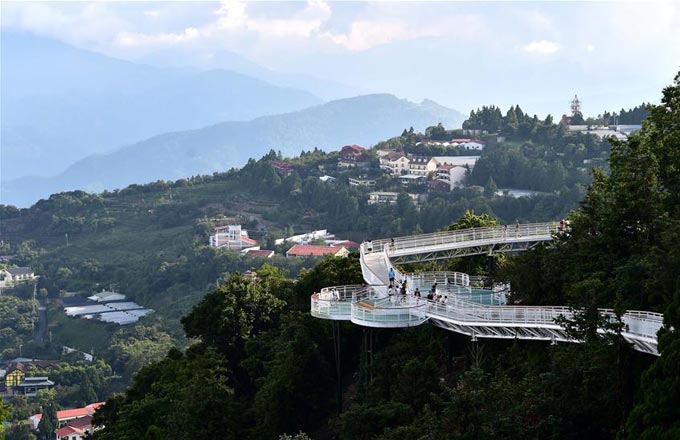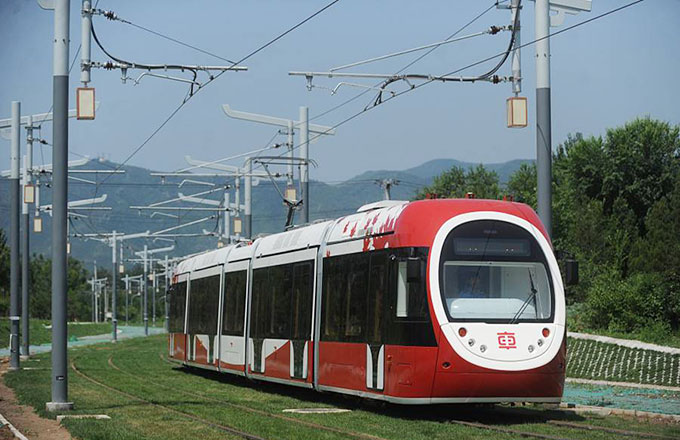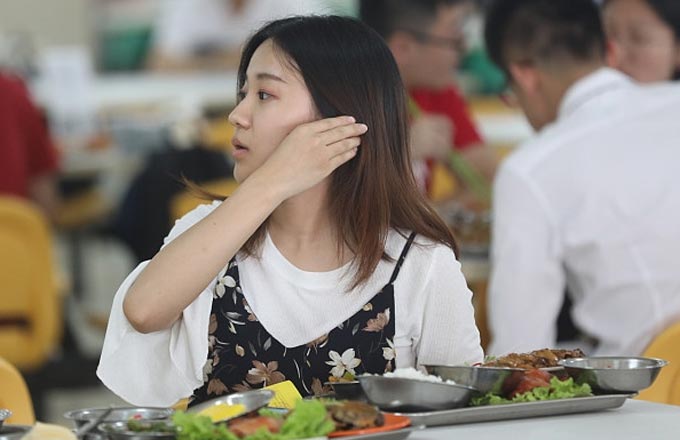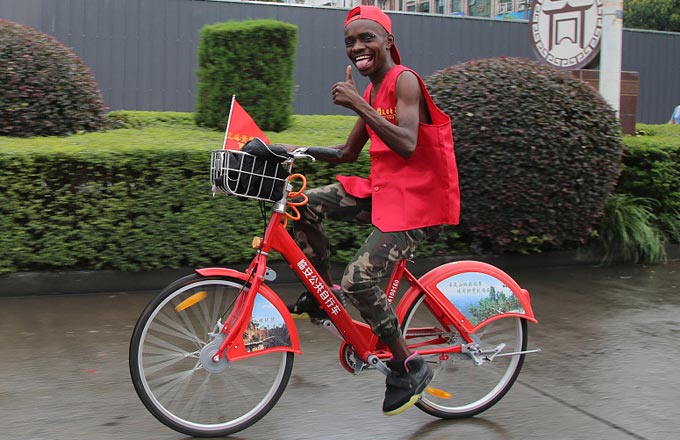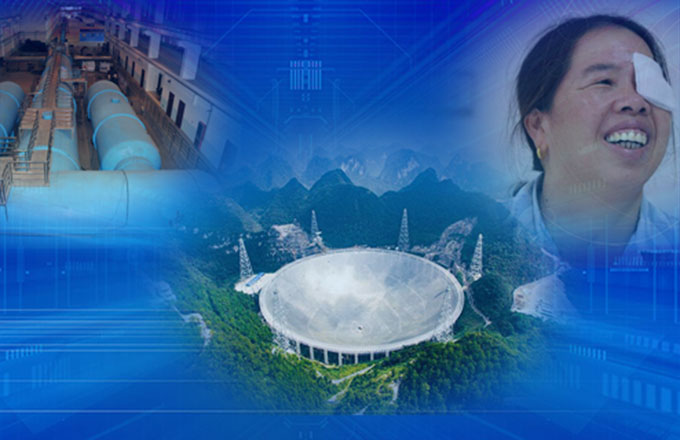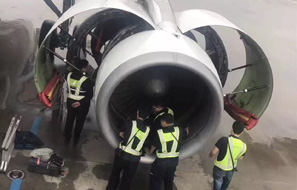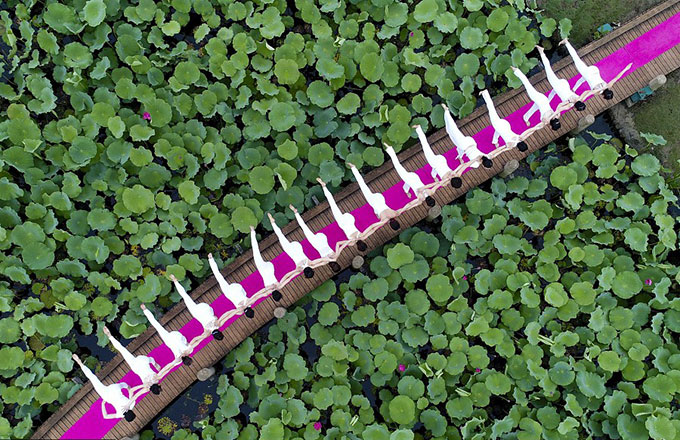Spacecraft undocking a success
China's Tianzhou 1 cargo spacecraft has begun a three-month independent flight after detaching from the Tiangong II space laboratory on Wednesday morning, according to the China Manned Space Agency.
The undocking sequence started at 9:17 am and lasted about 30 minutes. Tianzhou 1 now operates in an orbit nearly 390 kilometers above the ground, the agency said in a news release on Wednesday.
It said the cargo craft will continue to carry out experiments and tests in space science and spaceflight technology during the solo flight. It will also place a miniature satellite into orbit. At the end of the independent flight, Tianzhou 1 will dock with Tiangong II for a third time and conduct a third in-orbit refueling operation for the space lab, the agency said, noting that the third docking maneuver will be executed with fast autonomous docking systems.
Yang Yuguang, a member of the International Astronautical Federation's Space Transportation Committee, said it is important for a cargo spacecraft to be able to dock with a space station within a short period of time.
"This is because in the future, a cargo ship will transport some time-sensitive payloads to the station, such as biological samples for scientific experiments," he said.
Tianzhou 1, China's first cargo spacecraft and the country's biggest spacecraft built to date, was launched at the Wenchang Space Launch Center in Hainan province on April 20. It is 10.6 meters long and has a diameter of 3.35 meters. Its maximum liftoff weight is 13.5 metric tons, enabling it to carry up to 6.5 tons of supplies, according to the China Academy of Space Technology, the developer.
Tiangong II has been in space since mid-September and carried two Chinese astronauts from mid-October to mid-November. It is now unmanned.
The two spacecraft docked on April 22 and remained connected for two months, during which time they performed an undocking and redocking test, two refueling operations and a number of scientific and technological experiments, the agency said.
zhaolei@chinadaily.com.cn
- Chinese spend 3 hours a day on their smartphones, ranking 2nd in the world: survey
- Woman under investigation for flipping coins in aircraft engine
- Liaoning FTZ acts as portal to emerging regional markets
- High-tech zone reflects area's efforts to meet innovative industrial goals
- Northeastern hub sees more foreign investors




